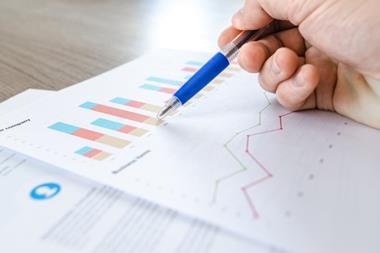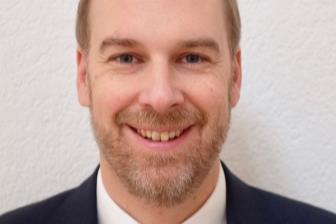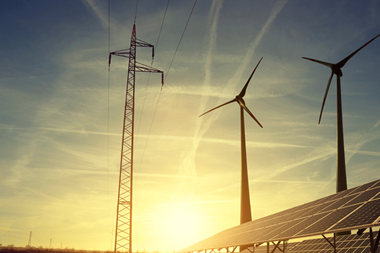German pension funds are looking to build up investments in alternative asset classes as they offer a prospect of higher returns in growing private markets and a hedge towards mounting inflation.
The Versorgungsanstalt des Bundes und der Länder (VBL), Germany’s supplementary pension provider for public sector employees, is planning to increase its allocation to alternative assets, Michael Leinwand, member of the management board responsible for asset management, told IPE.
“We will certainly increase the allocation to both private equity, including infrastructure equity, and private debt, and are making good progress on the implementation of our private asset platform as well as specific mandates,” he said.
However, Leinwand added, “it is still early days and we consider this to be a long-term journey, and will carefully look at opportunities in a strategic manner.”
Considerations on environmental, social, and governance (ESG) aspects will also play a crucial role as private assets, and infrastructure investments in particular through renewable energy or social projects, will help VBL achieve a positive impact for beneficiaries but also for the society as a whole, he added.
With a growing asset base and very long-term and predictable liabilities, VBL is “ideally placed” to invest in less liquid assets and earn their complexity/illiquidity premium over time, he said.
Germany’s largest pension fund, Bayerische Versorgungskammer (BVK), with €100bn in assets under management, will continue to expand its alternatives allocation particularly in private equity, a spokesperson told IPE.
In private equity BVK continues to focus on established markets in North America and Europe and in the meantime the share of private equity investments relating to the Asian market has also grown, the spokesperson added.
The focus on direct investments in single funds from a fund size of approximately €1.5-2bn will also continue, as well as investments in smaller funds only through separate accounts and fund of funds.
BVK will continue to increase investments in alternatives as the potential for returns “can make a significant contribution to our annual interest rate on pension benefits,” the spokesperson explained.
Its alternative allocation currently stands at 7% in private equity, 4.5% in infrastructure, and 1.5% in timber. It will set an investment quota for alternative asset classes in the course of this year at the time of planning its asset allocation for the entire portfolio.
It will decide which asset classes to reduce in order to increase its alternative investments with the new asset allocation plan for 2022, the spokesperson said.
The pension fund for doctors in the Westphalia-Lippe region, ÄVWL, has conducted a large number of single debt and equity investments in renewables or mobile infrastructure, meaning debt financing planes, vessels or highways, mainly in Germany and in Europe, chief investment officer Markus Altenhoff told IPE.
“That’s because our liabilities are mainly in euros. ÄVWL invested circa €3.6 bn in alternatives/infrastructure, that is more than 20% of our asset balance sheet,” he said.
“We plan further investments in these sectors,” he said, adding that it might be hard to find those with an attractive risk/return profile.
ÄVWL’s alternative Spezialfonds in Luxemburg invests mainly in private equity buyouts in Europe and in the US (40%), infrastructure equity and direct lending funds (approximately 24% each), and turnaround/special situation funds (10%).
“The NAV 2020 was €2.4bn and the performance about 5.1%. For 2021 the NAV in November was €2.6bn – we expect a performance overall at about 15%,” Altenhoff said.
Growing private markets
VBL believes that alternative assets have an important role to play in a well-diversified institutional portfolio.
“This is driven by the continued low yield environment and the need to look for yield beyond traditional asset classes, but also [by] the growing size of private markets and the associated financing needs,” Leinwand said, adding that however alternative asset classes are more complex to manage and require specialised resources.
“This is why VBL has recently hired industry veterans to lead the growth of these asset classes in our asset allocation over the next years,” Leinwand said.
“We are also convinced that working with the right partners is key, and hence run a very thorough and disciplined asset manager selection process,” he added.
ÄVWL sees a large anti-inflation impact in equity and real estate investments because debt is in most cases structured on fixed nominal interest and redemption bases, Altenhoff said.
“Therefore we will prefer those segments and in addition, to help to realise the Energiewende [the transition to renewable energy sources] and help to reduce carbon emissions, we will expand our exposure to the green [investment] universe,” he added.
BVK considers the persistent period of low interest rates and the currently high level of inflation as “major risks for our pension provision task”, the spokesperson said, adding that investing in real assets is in the pension fund’s view the right strategy to face situations of crisis.
“We have been pursuing this strategy in the low-interest environment for several years, on top of a broad diversification strategy,” the spokesperson said.
Sustainable and broadly diversified investments remain the focus for BVK to fulfil the pension provision task in the long-term.























No comments yet